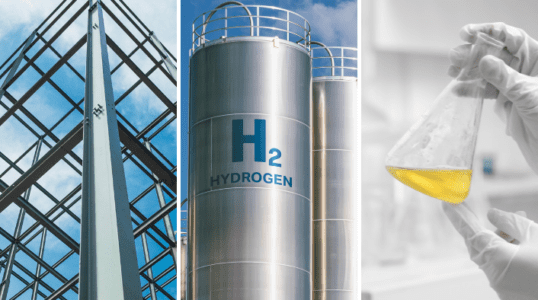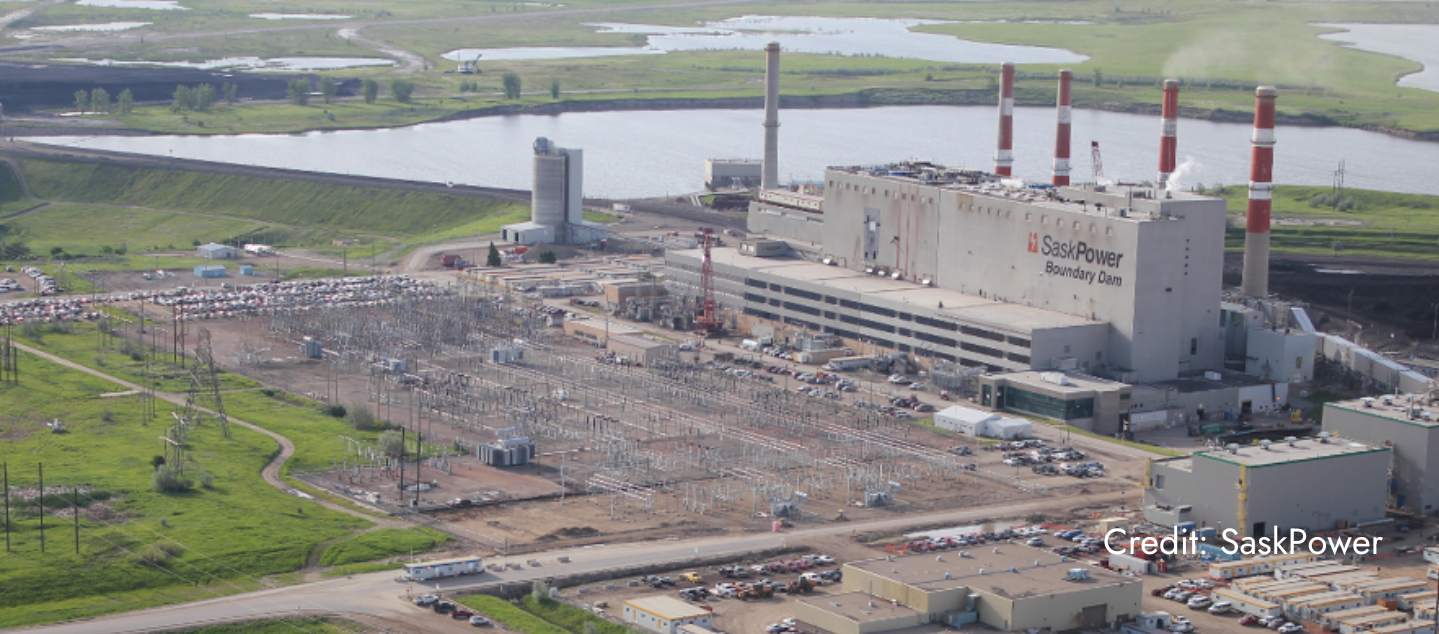Carbon capture and storage (CCS) technology can capture up to 90% of the carbon dioxide (CO2) emissions from power plants and industrial facilities and store them safely underground or for other purposes.
With the application of Carbon Capture and Storage (CCS), we can maintain the advantages of fossil fuels, such as their reliability, energy density, and energy storage capabilities. This is particularly beneficial in areas that rely heavily on coal or face potential energy insecurity.
Carbon Capture and Storage (CCS) is an essential technology for reaching net zero emissions and restricting global temperature increase to 1.5°C, in line with the Intergovernmental Panel on Climate Change (IPCC) recommendations.
How does it work?
The process can capture around 90% of the CO2 present in flue gas. Research is ongoing to reduce the costs of achieving higher capture rates.
The Carbon Capture and Storage (CCS) is a three-stage process designed to reduce the amount of carbon dioxide (CO2) released into the Earth’s atmosphere.
Below is how it works:
- Capture: The first step involves capturing CO2 emissions from large point sources such as power plants, refineries, and other industrial facilities. The main methods for capturing CO2 are post-combustion, pre-combustion, and oxy-fuel combustion.Post-combustion technology separates CO2 from the flue gas, typically using a chemical solvent, after the fuel is burnt.Pre-combustion methods involve converting the fuel into a gas mixture consisting of hydrogen and CO2 before it is burnt.
Oxy-fuel technology involves burning a fuel with almost pure oxygen to produce CO2 and steam, with the released CO2 subsequently captured.
- Transport: Once the CO2 has been captured, it is compressed into a liquid state and transported by pipeline, ship, rail or road tanker.
- Storage: The final stage involves injecting the CO2 into deep geological formations, usually at depths of 1 km or more. It can be permanently stored in depleted oil and gas reservoirs, coalbeds or deep saline aquifers where the geology is suitable.
Why is CCUS/CCS Important?
According to the IEA’s Sustainable Development Scenario, CCUS accounts for nearly 15% of the cumulative reduction by 2070 compared with the Stated Policies Scenario.
Without Carbon Capture and Storage (CCS), achieving net zero emissions could be significantly more expensive. The Intergovernmental Panel on Climate Change (IPCC) stated that achieving a 2°C goal is estimated to be 138% more expensive without CCS (IPCC, 2014). This added expense equates to 3% of cumulative global GDP through 2100.
In many regions, CCS is the most cost-effective approach to curb emissions in iron, steel, and chemical manufacturing and the only solution for deep emissions reductions from cement production. It is also a cost-effective pathway for low-carbon hydrogen production.

Case Study: Boundary Dam, Canada
In 2014, the Boundary Dam Power Station in Canada became operational. Almost ten years later, Boundary Dam has become an incredible success story in abating coal.
The trailblazing success of Boundary Dam is crucial in demonstrating that up to 99% of coal pollutants can be abated with further investment and simultaneously reducing costs by scaling up such projects.
-
Boundary Dam produces 115 megawatts (MW) of power—enough to power about 100,000 Saskatchewan homes.
-
Boundary Dam has captured and sequestered more than 4.5 million tonnes of carbon dioxide (CO2) since operations began in 2014.
-
It can also reduce the sulphur dioxide (SO2) emissions from the coal process by up to 100% and CO2 emissions by up to 90%.
Global Implementation
-
Australia & Japan
In Japan, the Kansai Electric Power demonstration project, utilising liquified CO2 transportation from Kansai’s coal-fired complex in Kyoto to the Tomokomai CCS project, is due to start operations in 2027.
In January 2022, the world’s first liquified hydrogen carrier, the Suiso Frontier arrived in Victoria, Australia, to ship hydrogen derived from gasified coal to Japan at the Carbonet CCS project.
J-Power and ENEOS have announced a feasibility study for a domestic CCS project aimed to decarbonise oil refining, coal power, and biomass-fired plants for storage in western Japan.
-
China
In China, research has unveiled the potential of Carbon Capture and Storage (CCS) in reducing CO2 emissions by 1.8 billion tonnes by 2060.
The Taizhou thermal coal power plant, owned by China Energy Investment Corporation, stands as Asia’s largest CCS facility.
Integrated with a generation unit at the Taizhou coal-fired power plant, specifically the 1GW ultra-supercritical and double-reheating coal-fired generators of Taizhou company, it utilises advanced chemical absorption technology.
